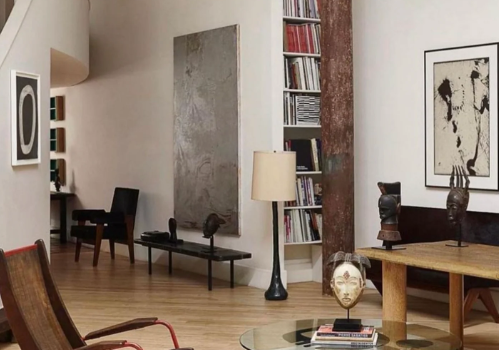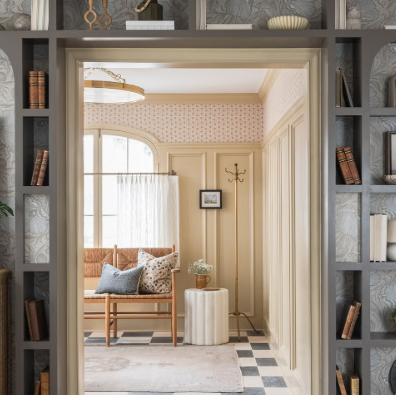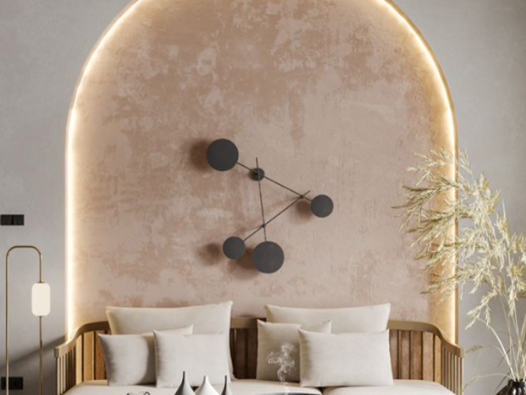
Are you looking to revamp your space and reflect your unique style? Understanding different interior design styles is the first step to creating a home that resonates with your personality and taste. From classic styles to modern trends, there are countless ways to enhance your interiors. Let’s dive into the diverse design styles that can help transform your space into a stylish and inviting sanctuary.
What is Interior Design?
Interior design goes beyond aesthetics. It’s a mix of art and science that shapes how a space functions and feels. A well-designed home balances comfort, style, and practicality, ensuring that every room suits the needs of its inhabitants. By understanding the fundamentals of design, you can craft a home that’s visually appealing, functional, and harmonious.
Why Interior Design Matters
Interior design impacts more than just how your space looks—it influences how you live and feel in it. Thoughtful design enhances moods, boosts productivity, and promotes relaxation. A well-designed home reflects the personality of its owners, balances beauty and function, and creates an environment that nurtures both the mind and body.
Key Elements of Interior Design
The elements of interior design—such as color, texture, space, and lighting—are the building blocks that define a room’s ambiance and functionality. Natural light can make a space feel warmer, while materials like wood or stone add texture and character. Understanding how these elements work together allows you to create cohesive and inspiring interiors.
Popular Interior Design Styles to Explore
Choosing the right style for your home can be a fun and creative process. Here are some popular design styles to consider:
Modern Design
Modern design is characterized by sleek, clean lines and a minimalist approach. Neutral colors, geometric shapes, and materials like glass, metal, and concrete define this style, creating functional and clutter-free spaces that exude simplicity.
Contemporary Design
Contemporary design is always evolving, blending current trends with innovative elements. This style embraces bold textures, vibrant accents, and open layouts, allowing for dynamic, personalized spaces that change with the times.
Traditional Design
Traditional design reflects classic European influences with rich woods, intricate details, and luxurious fabrics. It evokes a timeless elegance, often featuring symmetrical layouts and ornate furniture pieces that emphasize formality and grace.
Transitional Design
Transitional design combines the warmth and comfort of traditional style with the sleek, simple lines of modern aesthetics. This harmonious blend offers sophistication and comfort, perfect for those who appreciate both classic and contemporary elements.
Mid-Century Modern Design
Mid-century modern design, which emerged in the mid-20th century, focuses on clean lines, organic shapes, and functionality. Iconic furniture pieces, bold colors, and retro-inspired decor make this style timeless and versatile.
Bohemian Design
Bohemian design celebrates creativity and individuality through a mix of textures, patterns, and global influences. Layered rugs, vintage furniture, and lush plants come together to create a relaxed and inviting atmosphere that feels personal and unique.
Industrial Design
Inspired by the look of urban lofts and factories, industrial design showcases raw materials like exposed brick, metal, and reclaimed wood. This style blends rustic charm with modern functionality, creating spaces that are both rugged and sophisticated.
Finding Your Interior Design Inspiration
To choose the best design style for your home, start by exploring your preferences. Browse magazines, websites, and platforms like Pinterest to gather ideas. Create mood boards and collect color swatches to help visualize your ideal space. The key is to design a home that feels authentic to you and reflects your personal taste.
How Interior Design Styles Have Evolved
Over time, interior design styles have adapted to cultural and technological changes. Here’s a look at how some of the most popular styles have developed:
Traditional Design
Rooted in European tradition, traditional design was known for its opulent details and rich textures. Over time, it evolved to embrace more eclectic and relaxed elements, making it better suited to modern living while maintaining its timeless charm.
Mid-Century Modern Design
Emerging in the mid-1900s, mid-century modern design was all about simplicity and innovation. Its clean lines and iconic furniture pieces remain popular, blending vintage charm with modern sensibilities.
Industrial Design
Originally inspired by factories and industrial spaces, industrial design features raw materials and utilitarian aesthetics. Today, it’s softened with contemporary elements, blending ruggedness with modern comfort.
Contemporary Design
Contemporary design is fluid and ever-changing, reflecting current trends and diverse influences. This adaptable style keeps pace with changing lifestyles, incorporating various materials and elements to suit modern needs.
Conclusion
Interior design is a powerful tool for transforming your space into a reflection of your personality and style. Whether you prefer the sleekness of modern design or the charm of traditional interiors, there’s a style for everyone. By understanding the various design styles and elements, you can create a home that’s functional, beautiful, and uniquely yours.










